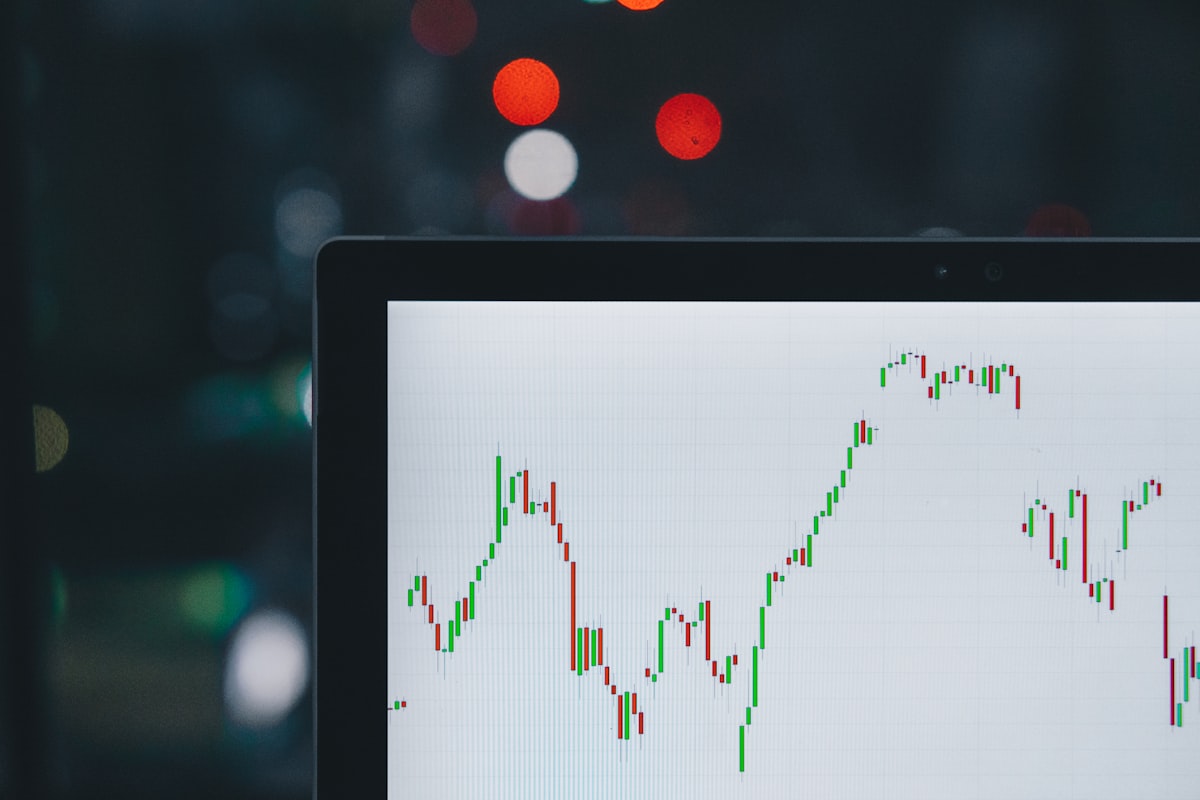What is trade confirmation in the trade lifecycle?
A trade confirmation is when the person who executed the trade confirms the trade details are correct. A trade confirmation is a critical step in post-trade processing in the trading world.

A trade confirmation is when the person who executed the trade confirms the trade details are correct. A trade confirmation is a critical step in post-trade processing in the trading world.
Explanation of the Trade Life Cycle
The trade life cycle refers to the sequence of stages a trade goes through, from initiation to settlement. Trade confirmation is one of these stages, occurring after the execution of the trade.
Importance of Trade Confirmation
Trade confirmation is vital as it validates the details of a transaction between two parties. It ensures accuracy, reduces risk, and promotes transparency in financial markets.
Definition of Trade Confirmation
Trade confirmation is a critical step in the trade life cycle. It refers to the process where both trading parties agree on the details of a financial transaction, ensuring accuracy and avoiding potential disputes.
Explanation of Trade Confirmation Process
This process involves verifying the terms of a trade, such as the price, quantity, and other relevant details. It is typically automated and conducted electronically to enhance speed and efficiency.
Role of Trade Confirmation in the Trade Life Cycle
Trade confirmation plays a pivotal role in the trade life cycle. It serves as a checkpoint to ensure all transaction details are correct before settlement. This step helps mitigate risks associated with trading errors and disagreements between trading parties.
Types of Trade Confirmation
In the trading world, trade confirmation is a critical step in the trade life cycle. It's an official notification from a broker to the investor confirming the details of a transaction.
Matching Trade Confirmations
This involves cross-checking the details of a trade between counterparties to ensure accuracy.
Electronic Trade Confirmations
These are sent via electronic communication networks, providing speed and efficiency. An example would be Omgeo CTM.
Physical Trade Confirmations
Although less common due to digitalization, some firms still send physical mail confirmations. It's slower but provides a tangible record.
Components of a Trade Confirmation
Trade confirmation is a critical step in the trade life cycle. It represents the formal communication between the buyer and seller, confirming the details of a trade transaction.
Critical Information in a Trade Confirmation
The trade confirmation contains essential details such as the type and quantity of security traded, price, trade date, and settlement date. It ensures both parties agree on the terms and conditions of the transaction before settlement. This process reduces errors, misunderstandings, and disputes, enhancing financial markets' efficiency and integrity.
Importance of Trade Confirmation
Trade confirmation plays a pivotal role in the trade life cycle in finance. It's a critical process that validates the details of a transaction between two parties.
Risk Mitigation
Trade confirmation reduces the risk of errors, misunderstandings, and potential disputes in a transaction.
Legal and Regulatory Requirements
It also fulfils legal and regulatory requirements, ensuring all parties adhere to the agreed-upon terms.
Ensuring Accuracy of Trade Details
Finally, it verifies the accuracy of trade details, providing both parties with a clear transaction record. This ensures transparency and accountability in financial dealings.
Trade Confirmation Workflow
In the trading world, a trade confirmation is a critical step in the trade life cycle. It is a document that details a trade between two parties. This confirmation includes the quantity, price, and other essential details about the traded security.
Step-by-step Process of Trade Confirmation
The process begins with the execution of a trade. Following this, both parties involved send their trade details to each other for verification. If both sides agree on the points, the work is confirmed.
Amendment and Dispute Resolution
In case of discrepancies in trade details, amendments are made. If an agreement cannot be reached, dispute resolution procedures are initiated to resolve the issue. The goal is to ensure that both parties agree with the terms of the trade.
Benefits of Automated Trade Confirmation
Trade confirmation is a critical phase in the trade life cycle. It refers to the process where both parties involved in a transaction verify the details of a trade and confirm its accuracy.
Efficiency and Time Savings
Automating this process can significantly increase efficiency and save time. It eliminates the need for manual checks, thus speeding up the entire trade life cycle.
Reduced Operational Risks
Furthermore, automation reduces operational risks. It minimizes human errors that can lead to costly mistakes in trade confirmation.
Enhanced Audit Trail
Finally, automated trade confirmation provides an enhanced audit trail. It ensures all transaction details are accurately recorded and easily retrievable, which is vital for compliance and regulatory purposes.
Challenges in the Trade Confirmation Process
In the trade life cycle, trade confirmation is a critical stage. However, it is not without its challenges.
Manual Confirmation Errors
Trade confirmation often involves manual processes, which are prone to errors. These mistakes can lead to significant financial losses and damage to business relationships.
Delays in Trade Confirmation
Timeliness is crucial in trade confirmation. Delays can result in lost opportunities and increased costs.
Discrepancies and Disputes
Discrepancies between trade details can lead to disputes, causing further delays and potential legal issues. Effective trade confirmation processes are essential in mitigating these challenges.
Key Takeaways
Trade confirmation is an integral part of the trade life cycle. It is the process where the details of a trade are verified between the buyer and seller.
Importance of Trade Confirmation in the Trade Life Cycle
The trade confirmation process ensures accuracy, reducing the risk of errors or discrepancies. It is a crucial step that validates each transaction, providing that all parties agree on the terms and conditions of the trade. This process also helps maintain transparency, fostering trust among trading parties.


